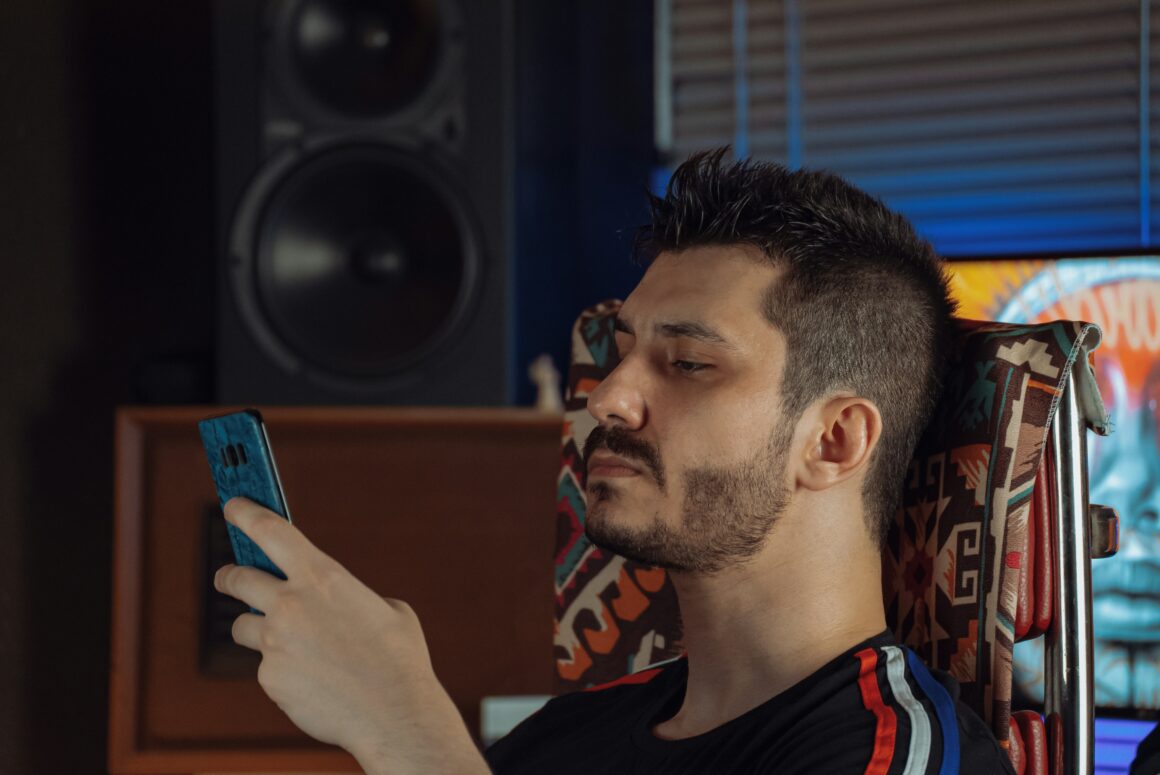Over 75 years ago, millions of Jewish people were murdered in the Holocaust, perpetrated by the Nazis and their leader, Adolf Hitler. Men, women, and children alike were slaughtered solely on the basis of religion.

After a crushing defeat in World War I, the German people lacked unity and respect on the world stage. They needed a scapegoat, someone to blame for their loss. Throughout history, the Jewish people have been persecuted and ostracized from all communities, leaving them as a vulnerable population. Hitler and his regime targeted the Jewish people, leading to one of the largest genocides in human history. While millions perished, a select few did manage to survive the atrocities out of sheer luck.
Now, almost a century later, the survivor era is coming to an end. In turbulent times such as these, it is more important than ever to learn how to deal with injustice and hate on all grounds. The most effective way to be successful in the future is to look back at the past to avoid making the same mistakes. Thanks to the JFCS Holocaust Center in San Francisco, Affinity Magazine brings to you two Holocaust survivors whose stories are inspirations to all those who experience discrimination, and to those who are privileged and wish to educate themselves on how they can help the oppressed.
According to the biography provided by the JFCS Holocaust Center, “Anita was born in Emmen, a small town in north Holland, but soon after her family moved to Breda. A Dutch official gave Anita’s family false papers and they spent the war in hiding and apart under fake names—never breathing a word to anyone of their Judaism. Her family was reunited in 1944 and they immigrated to the United States in 1952. Anita went on to receive a MA from Harvard in Russian Studies as well as a PhD in Human Development.”
In her youth, Anita witnessed the cruelty of the Nazis firsthand and was not able to do anything to fight against them or to protect her family. After suffering as a powerless child, Anita made it her goal to spread awareness about her experiences and the experiences of other hidden children. To this day, Anita meets with school children and other organizations where she preaches the importance of standing up for others who are being unjustly targeted, especially by government institutions. Anita firmly believes in the power of younger generations, and our ability to effect tangible change in society.
Her favorite mantra that she shares with others is “Stay alive, stay curious, and always question.” In this phrase, Anita emphasizes the need for activists who speak out against powerful institutions rather than those who blindly obey the commands of the top echelons of our society.
The second survivor is AnneMarie, a member of the JFCS Holocaust Center’s William J. Lowenberg Speakers Bureau. AnneMarie was born in 1928 in Germany. The first years of her life were enjoyable, as Hitler had not yet come to power. She had everything she could ever want; loving parents, a happy home, and all the toys she desired. Her family didn’t worry much about the rising Nazi regime, as her father was German and had fought in the Austrian army. To their knowledge, this had bought them some protection. In a sense, they were right. AnneMarie experienced no anti-semitism until the Kristallnacht (or the Night of Broken Glass) in 1938.

From that point on, AnneMarie and her family had to wear the Star of David on their clothes to identify them as Jewish. AnneMarie describes this experience as being traumatic, as it ostracized her from the rest of her community. As an extra precaution, she was hidden in a Belgian convent, where she adopted the Catholic faith and was told to forget that she was ever Jewish. After almost being caught by the Gestapo, AnneMarie and a few of the other hidden children at the convent moved to a reform school for girls. When AnneMarie was finally liberated on September 2nd-3rd 1944 by the Allied forces, she was free to take control of her life again. Now, AnneMarie lives in San Francisco. She is still in contact with some of her friends from the convent, and they communicate regularly.
In every lecture that AnneMarie gives, she ends with the word ‘acceptance.’ AnneMarie has always and continues to believe in the power of acceptance. She understands it to be the key to preventing events such as the Holocaust from being repeated. She emphasizes the need to accept others as they are, and to give them the basic respect all human beings are owed. It is only through compassion and acceptance will we be able to build a world that thrives on love rather than hate.
As we continue to follow the Black Lives Matter movement, it’s important that we take Anita’s and AnneMarie’s words to heart. They lived through a time where government institutions inspired fear and hate in their constituents by feeding on their desperation. Their experiences must be made prevalent, so that everyone is able to determine for themselves the need for progression, rather than stagnation or repetition.
We are lucky to have centuries of historical accounts at our disposal. As the next generation, it’s our responsibility to ensure that these accounts, much like Anita and Annemarie’s testimonies, are learned from. Time and time again history has proved that decisions made out of love and bravery will always prove more successful than ones made out of malice and cowardice. It’s our turn to make these decisions, and we can only hope that day by day, love will prevail.
Photo: Ron Porter via Pixabay




